Photo
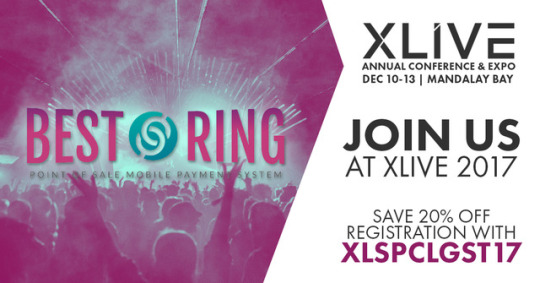
Check out our #Cashless #RFID #Tech in person at #XLive in #LasVegas Dec 10-13! #BestRingPOS #BestCashless #Seamless#Wristband #Transactions
0 notes
Video
youtube
Auth.net shares our love for customer satisfaction! #BestRingPOS #AuthNet #CustomerSuccessStory
0 notes
Video
youtube
Our friends over at Auth.net came to see what we do in the field! #BestRingPOS #AuthNet #DeveloperSuccessStory
0 notes
Photo





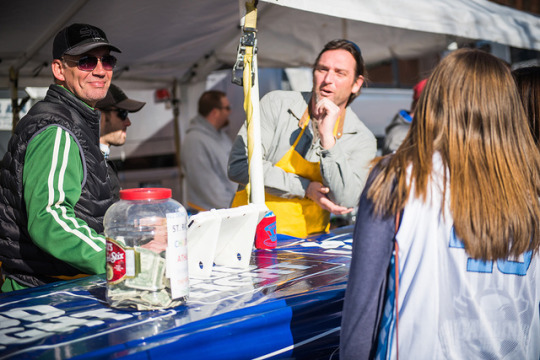

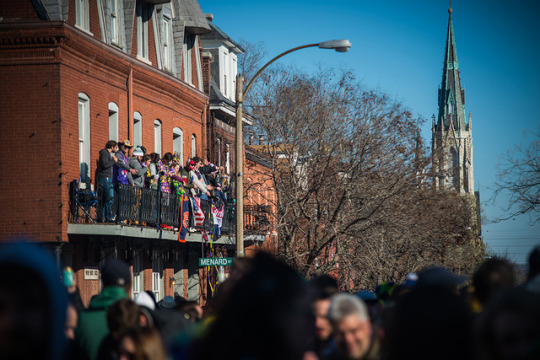
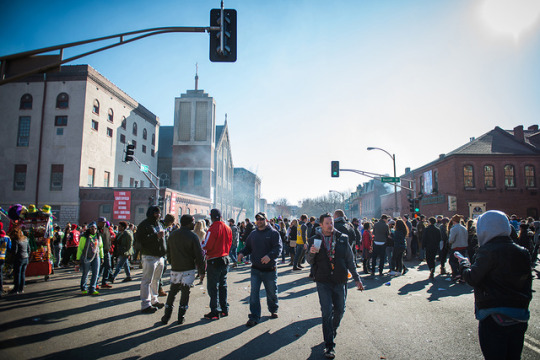

Photos from our 4th year at #MardiGras in Saint Louis, MO! What a fun and lively event! #Hurricanes #Beads #Party
0 notes
Photo
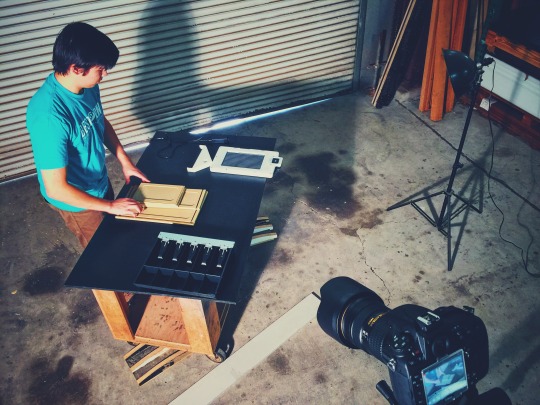

#Shooting some #tutorials of our amazing system. Eric can now add #actor to his #résumé. #BestRingPOS #BestJob #BestTutorials
0 notes
Photo

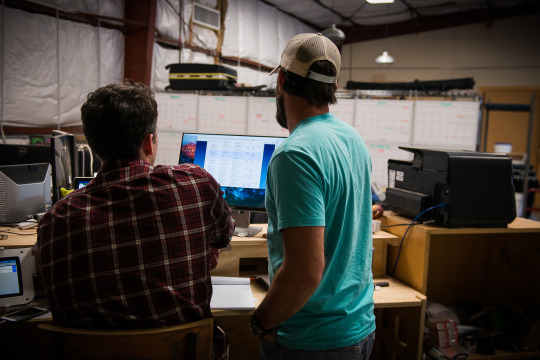


Best Ring is the Best Team. Here are some photos of our brilliant employees! Bernal and Eugenia, our developers, discuss our latest app improvements. (More importantly, they regularly get us some of the best coffee this planet has to offer. 🙏☕️) Cim and Blake hash out some details while planning an event. Eric is finalizing some edits to the audio he records for our training materials.
0 notes
Text
FESTIVAL CASHLESS POINT OF SALE - OPEN OR CLOSED LOOP?
There are currently two schools of thought as it relates to cashless payments at a festival. Open Loop or Closed Loop, as they're commonly referred. Below I'll give a little background on the technology, then describe the difference between these two schools.

RFID BACKGROUND
Some festivals have moved to an RFID access program that allows a patron to scan in (and sometimes out) of a festival by using a wristband or credential that acts as your ticket. This will gain you safe passage via some sort of scanning portal with the tap of a wrist. This technology has proven to speed up the lines of folks waiting to get inside the gates and gives greater flexibility and control of managing access levels and specific patrons. There is a tiny chip embedded in the wristband (or select media) that emits a short-range radio signal that can be picked up by a reader when "tapped" or held within a very close range of the designated "reader". There are different types of chips operating on a variety of wavelengths. Most common these days are HF (high frequency) tags that read at about 10 cm. UHF is making it's presence known these days too and are used when a larger distance is required for a read, ranging up to 13 feet. Festival promoters love this option as it cuts down on staff to check people in, comes with loads of data and has the ability to report on attendance numbers in real-time. These forms of media are a tad more costly than that of a standard paper ticket, or disposable wristband, but usually well worth it in terms of a return on investment. It also cuts down on fraud and allows for peace of mind when you know your system is running smoothly.
Generally, a patron will receive their wristband in the mail a few weeks before the event starts. This way you minimize the existence for box-office involvement and they can go right through the gate. Using this ship-ahead method allows for a golden opportunity to promote a cashless program and gives the patron the ability to pre-load their credential, or "sign up for cashless", ahead of arriving on site.
CLOSED LOOP

Fundamentally, a closed loop method means a patron can "load" their wristband with money or credits to spend while at the festival. The patron can determine the amount of money they want to spend which acts as a sort of budget for their experience. If the patron runs out of their loaded funds, they're usually presented with a way to reload more funds on the festival grounds, or via their mobile phone. These closed loop systems will allow you to load cash or card funds directly onto the RFID chip via a human or automatic teller. The patron will then interact with a point of sale system at the festival's many food, bar and merchandise vendors throughout the site.
OPEN LOOP

The notion of open loop cashless is that of a one-off transaction. No funds are loaded onto the physical tag. Rather, your credit or debit card is mapped to the RFID's unique chip using a payment token through a merchant processor platform. Each time you tap, you're essentially swiping your credit card so there is no balance to maintain other than that of your bank account or card limit. A patron can have several ways to create this mapping, either a website or a terminal on the festival grounds. It's usually a quick setup wizard that walks you through identifying who you are, what wristband you're wearing and then securely entering your credit card information so that the eventual payment process is easily done.
PROS & CONS
INTERNET CONNECTIVITY

There are pros and cons with open and closed loop. They both work offline but the integrity of an "intranet" must be maintained for closed loop, usually. Festival environments are challenging from a technology standpoint. There are always challenges these devices face that would not normally occur in a brick and mortar environment. Varying degrees of functionality occur across the different systems when presented with an offline scenario, so be sure to clarify what those are. If it were a perfect world every transaction would be authorized and then captured, but these environments need to assume that this will never be the case. On and off is one thing but intermittent and spotty connectivity must be a main concern as well. Packets of information can be cut off or lost and the software running these systems must be built to anticipate this. Closed loop functionality will not usually depend on an active internet connection at the point of sale in theory, but most systems are now relying on an intranet to keep tabs on these loaded funds as well a reliance upon a connection for core functionality in general.
LOADED VS ONE-OFF

This point comes down to preference. In a world where the system works as it should, you're hoping for the patron to use the system because it's easy and accessible. It has been proven that people spend more with cashless when it works. If you're closed loop, the more money that was loaded and ultimately gets spent, the better. However, the "breakage", or the amount that's left once a festival is over, could also be considered a revenue stream. Many systems charge a fee to retrieve left-over funds and many promoters bank on those patrons never retrieving those left-over funds. There are ways to make a little extra with this method, as it relates. However, this tends to leave a customer with a feeling that they've not taken advantage of everything they should and are now left with the task of going through a process to retrieve that money. Many choose to give up and therefore diminishing the last feelings they may have about their festival experience. There is also a managerial aspect to this breakage, something many festivals often underestimate.
It is arguable that a patron spends more on an open loop system. Since there is a decoupling of the notion of actual money, they tend to spend more per transaction and spend more often. There isn't a balance to maintain or worry that they'll run out, so it's used more frequently. If the point of sale is working properly, the customer will find that they're thinking more about what they want to buy rather than the money they have left.
OPEN & CLOSED LOOP TOGETHER

Some systems do both. This offers the most flexibility and could give options to promoters they otherwise might be limited to with each school, exclusively. Closed Loop options from a promoter standpoint offers freebies and giveaway options to upper access levels, whereas an open loop option applies quite nicely to your general admission patrons. Be sure to inquire as to what schools of thought your cashless point of sale provider subscribes to and know that you have options, in this fundamental choice.
_______________________________________________________________________
Marc Barry - President Best Ring POS/ FCSp
0 notes